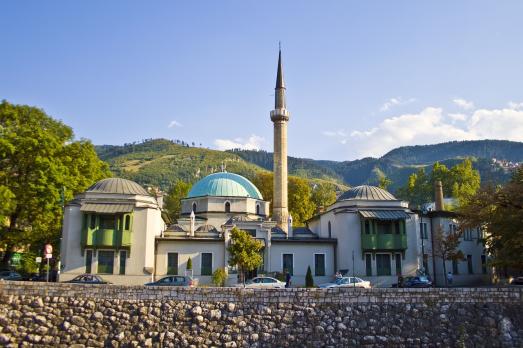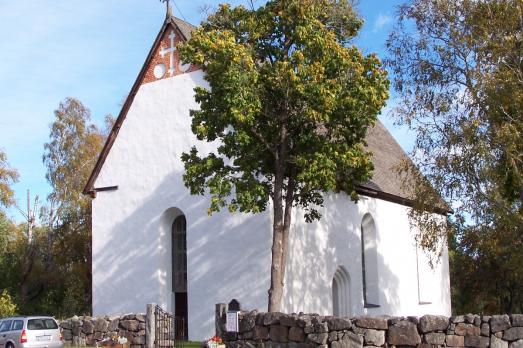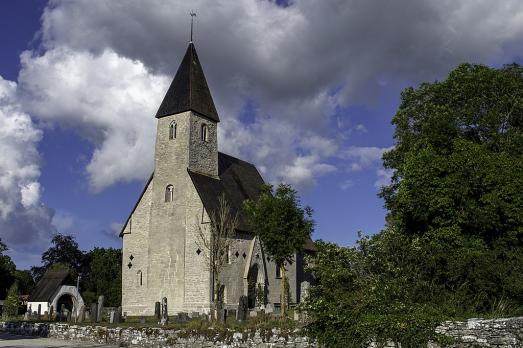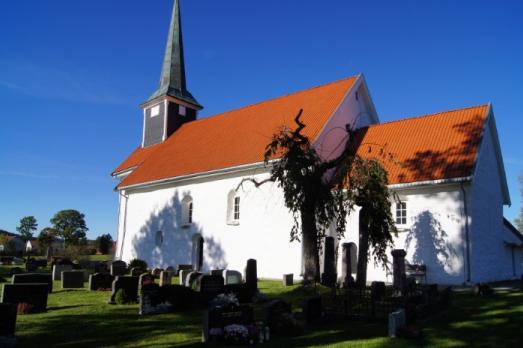Emmaüskerk
Eindhoven, NL
Interesting modern church with tower.
Here you can search for a building to visit. You can use the map find destinations, or you can use the filters to search for a building based upon what different criteria.
Eindhoven, NL
Interesting modern church with tower.
Rutten, NL
Interesting modern church. Built as Dutch Reformed Church.
Ede, NL
The Reformed Church in the Rietkampen district will now hold services in the Emmaus Church. The meetings in the De Brugge primary school will therefore be cancelled. For a long time, they have been striving for their own building, but that was not financially feasible. Five congregations work together in the Emmaus Church: Reformed Church, Reformed Tabor Church, Evangelical Lutherans, Roman Catholics and NPB. They take turns providing church services every Sunday. The Reformed Church is a completely separate user with a service twice every Sunday. (50-03)
Koudekerke-Dishoek, NL
Tourist church in the hamlet of Dishoek. Built as Roman Catholic St. Michael's Church. In 1984 the building was given the name Emmaus Church. Nice modern church with roof turret.

Sarajevo, BA
The Emperor's Mosque, built in 1462, is one of the first mosques built in Bosnia and Herzegovina and the first in Sarajevo. Throughout the history of the mosque, it has been modernized and renovated. During the Second World War and the war of the 1990s, the mosque, like many others, was damaged but was restored. It is a national monument of Bosnia and Herzegovina.
Gouda, NL
Moroccan mosque in the center of Gouda. This was the first newly built mosque building in Gouda with minaret. An Nour (The Light).

Enånger, SE
The old church of Enånger dates from the 15th century. The church paintings are one of Sweden's most valuable examples of late medieval monumental painting. The permanent interior of the church was renovated in the first half of the 18th century and is still well maintained.

Endre, SE
Endre Church is one of the 92 medieval churches on the island of Gotland.

Enebakk, NO
The church in Enebakk is a medieval stone church with a rectangular nave and a right-ended choir. The vessels and choirs were built in the 12th century, while the west tower was built in the 13th century. The tower was originally higher than now, but during a reconstruction around 1520, the upper part was demolished. The turret above the tower roof was built by Christoffer Thornebøger in 1622 and is thus the oldest preserved wooden tower in the country.

Gjøvik, NO
Engehaugen church was originally an institutional building in wood, built in 1985. The building was converted and consecrated as a church in 1994. Today, it is a modern working church.

new
Nestled amidst the serene landscapes of the Harz region, lies a hidden gem for nature enthusiasts and history buffs alike - the Harz Monastery Hiking Trail. Lace up your hiking boots and embark on this captivating adventure that will transport you back in time.

The Holy Mile (Miglio Sacro) of Naples is a one-mile-long itinerary, through sacred places linked to the city's patron saint, San Gennaro, in the Rione Sanità district. Discover the city from a new perspective with this unique walking tour.

As a university city, cultural offerings abound in Tartu and will reach their peak after being designated one of three European Capitals of Culture for 2024. In this list, we've compiled the most interesting sacred places to visit in and around the old town.